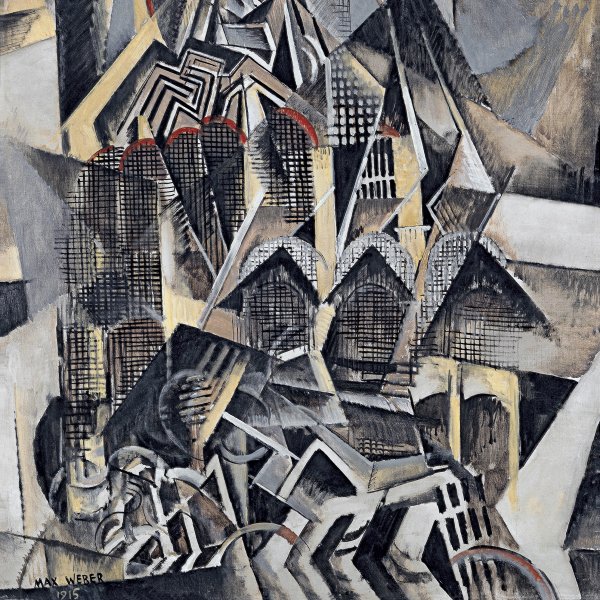Abstraction
John Marin’s career as a painter began when he moved to Paris in summer 1905. During his first stay in the French capital he took part in the Salon d’Automne of 1908 and 1910 and in the Salon des Indépendants of 1909. Later the photographer Alfred Stieglitz brought him into contact with the latest avant-garde trends in New York and he became a member of the founding core of American Modernism. Indeed, as early as 1910 Marin was the first American painter to have a one-man show devoted to him at Alfred Stieglitz’s legendary gallery at 291 Fifth Avenue.
The present Abstraction belonging to the Thyssen-Bornemisza collection, painted in 1917, is one of a set of watercolours in which Marin experiments with non-objective language. As an exception to the norm that characterises his later output, in this group of experimental works no allusion is found to visible forms of nature. Sheldon Reich links them to the abstract paintings of his friend Marsden Hartley, and Gail Levin likewise suggests that for Abstraction Marin may have drawn inspiration from a work by Hartley entitled Military, then in Stieglitz’s collection, which Marin had probably seen. There are fairly evident similarities between the two compositions in the visual representation of the sound of the trumpets and in the palette of bright colours that was so characteristic of Hartley’s painting.
Paloma Alarcó









